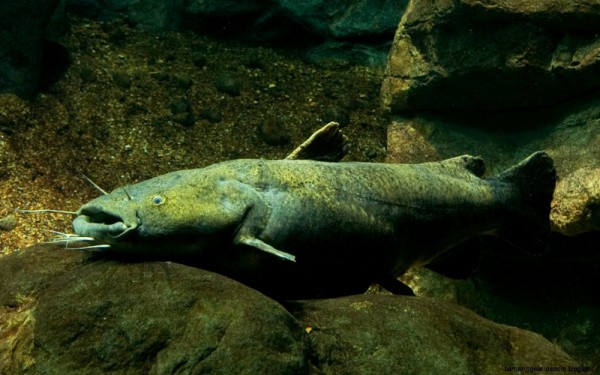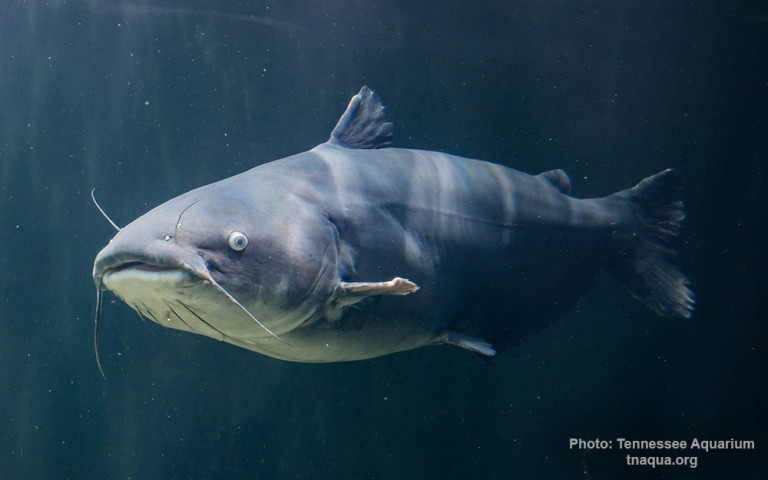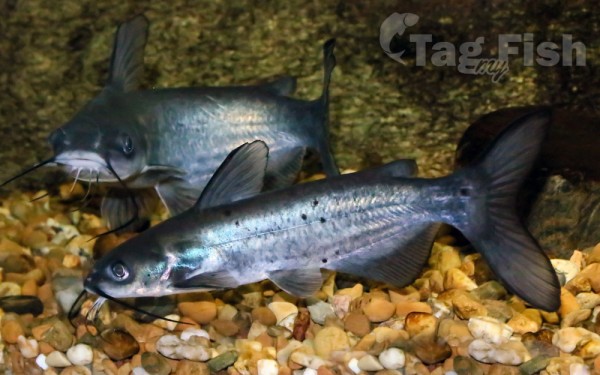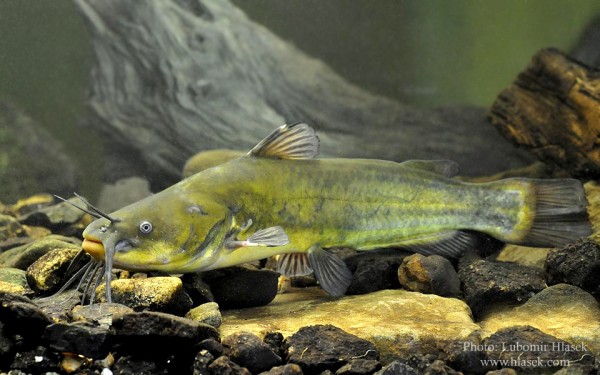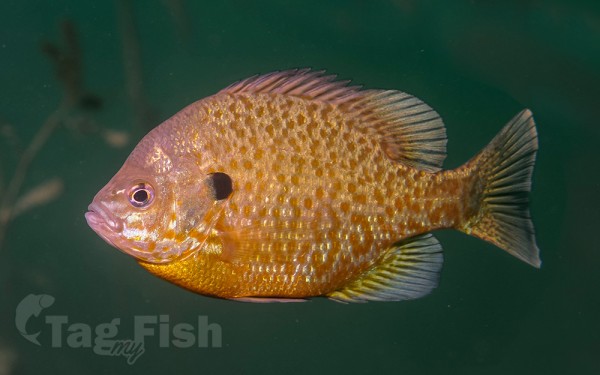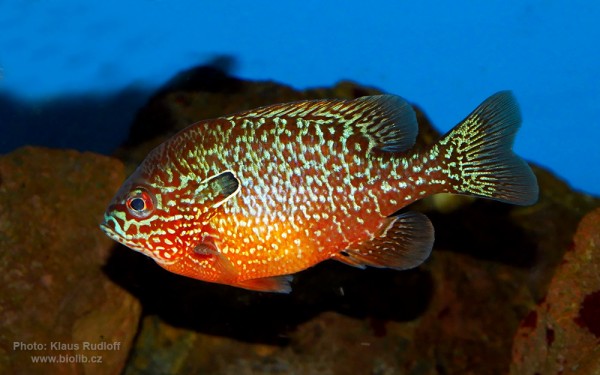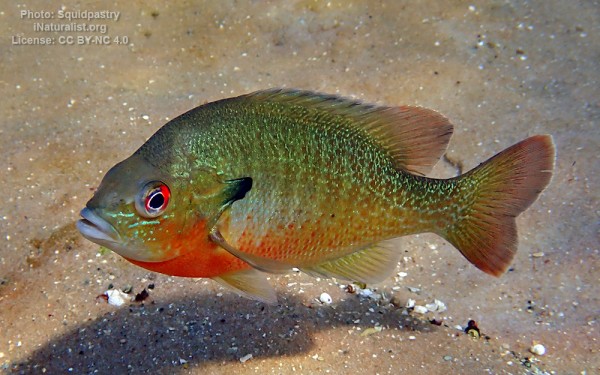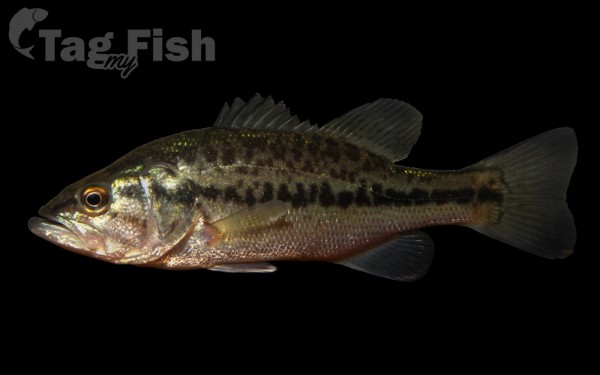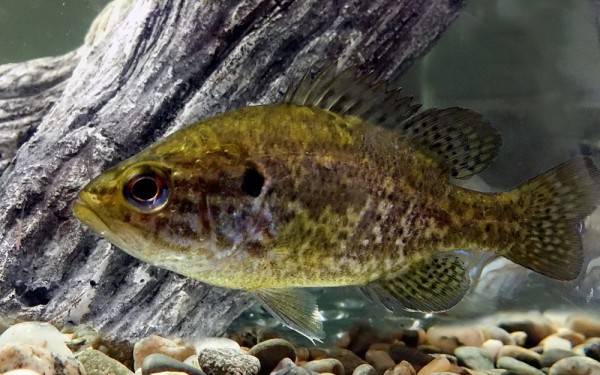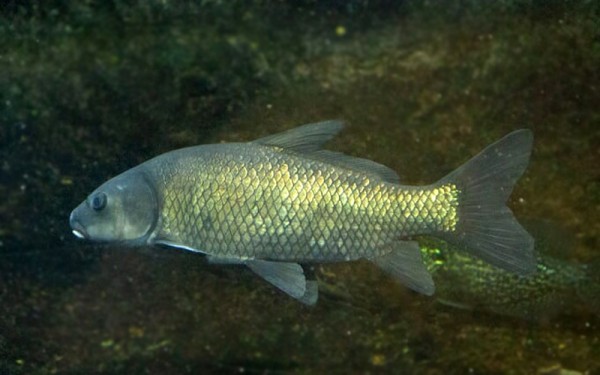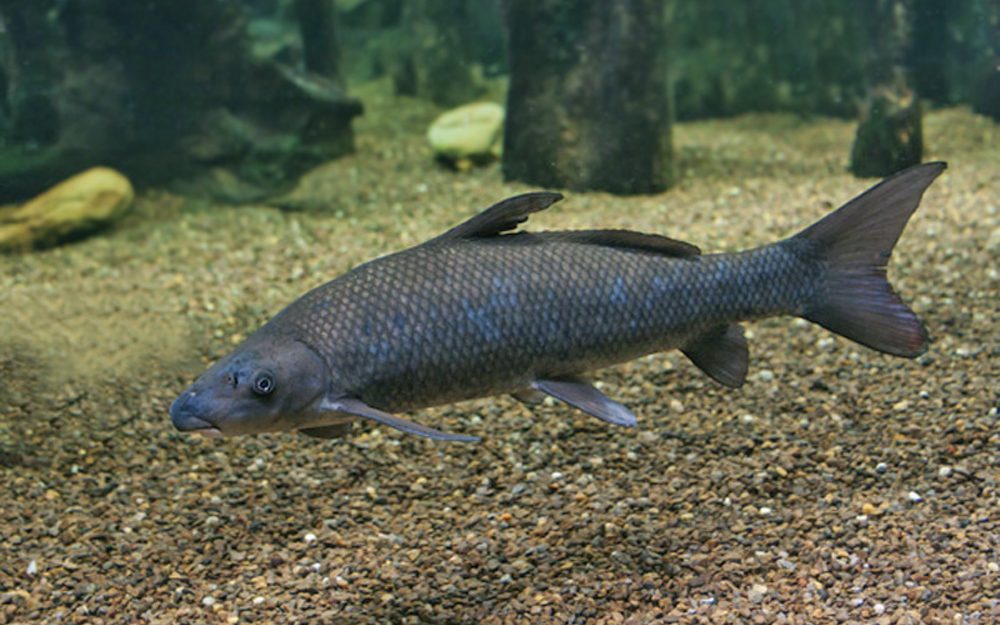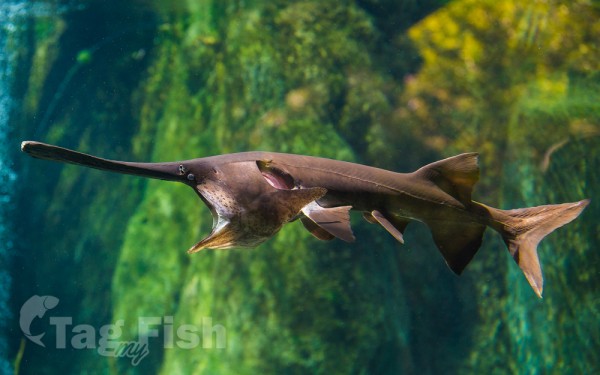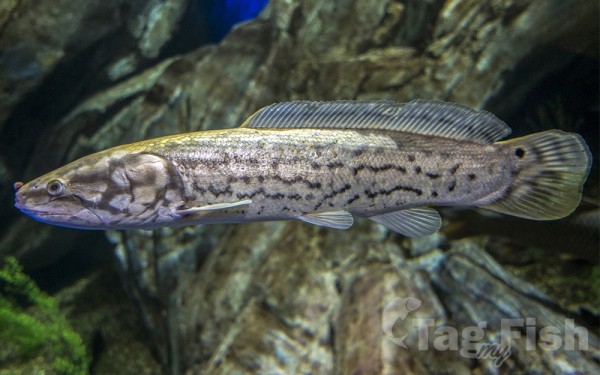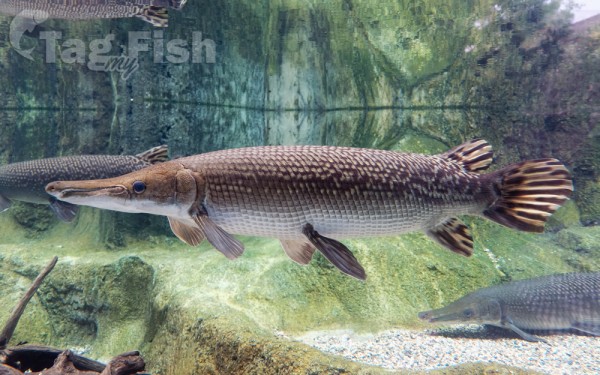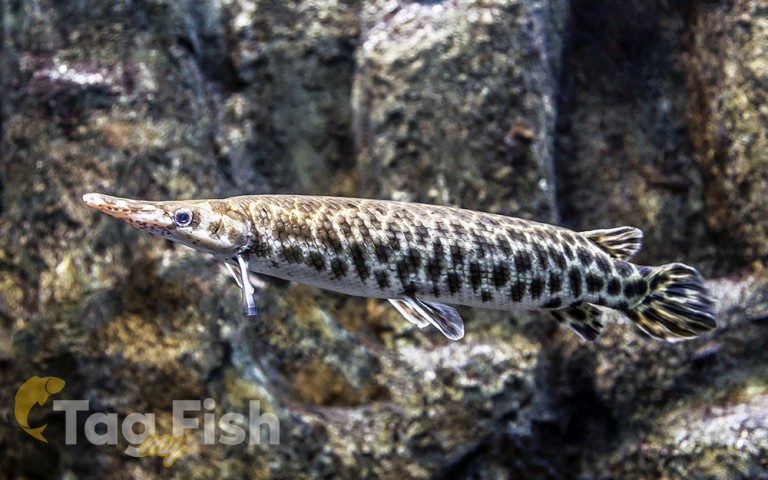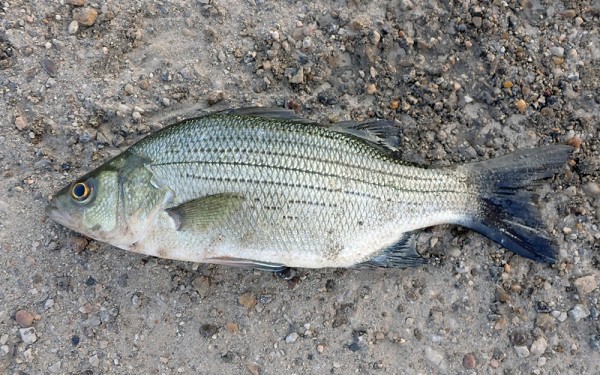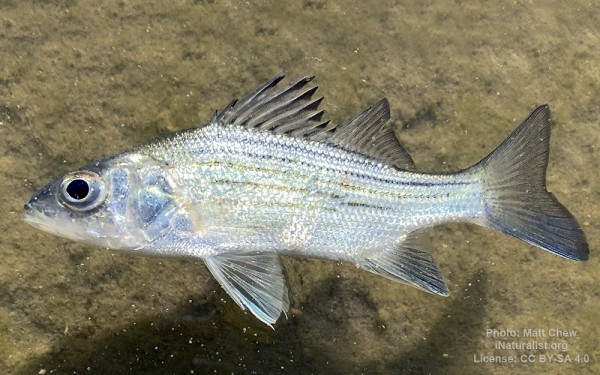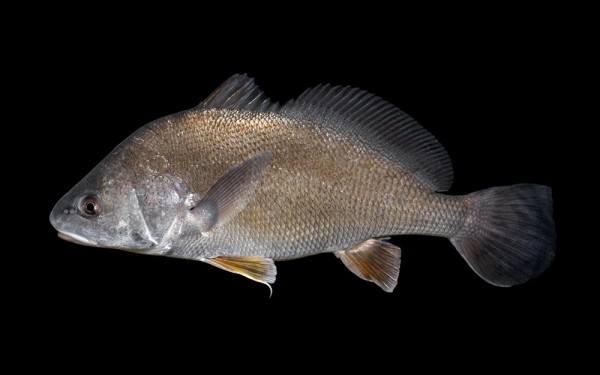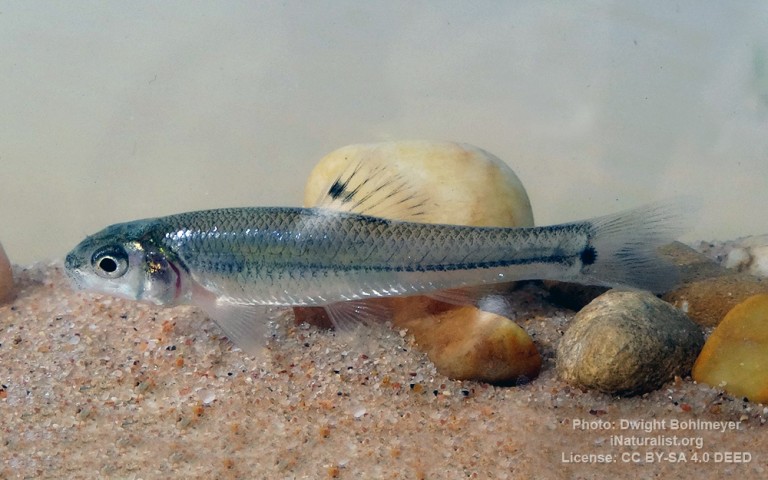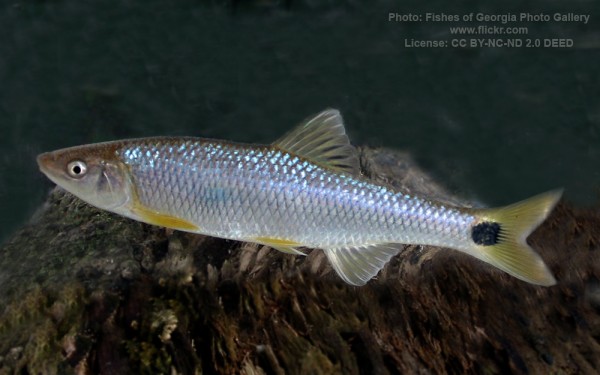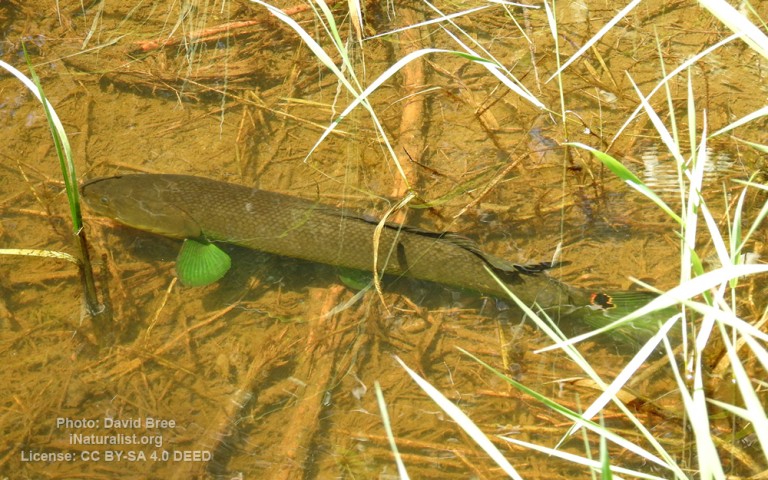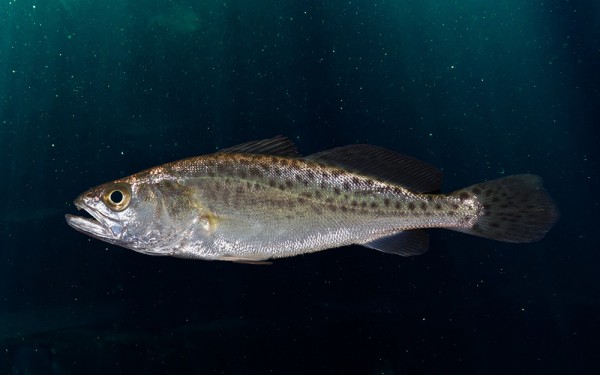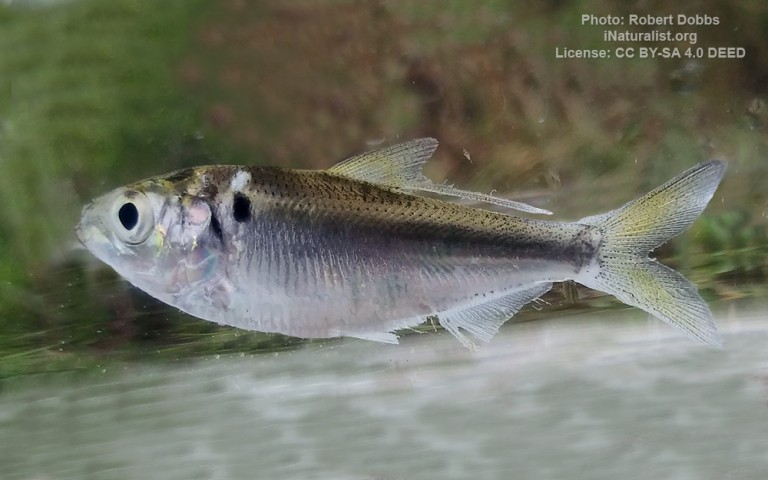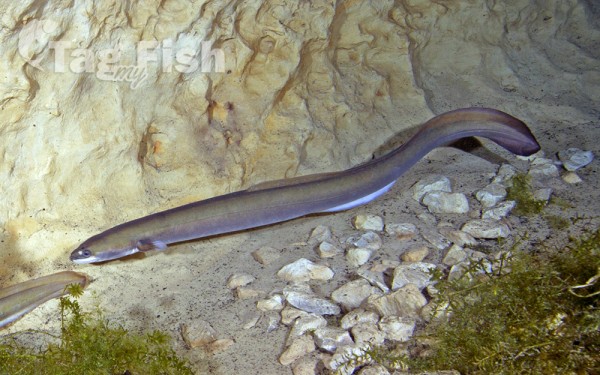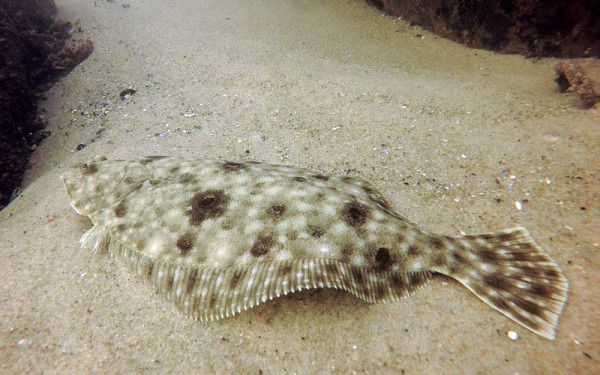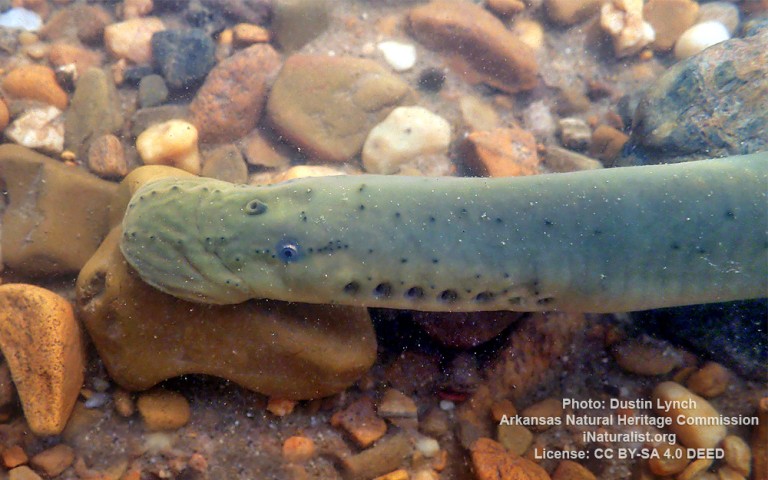Toledo Bend Reservoir
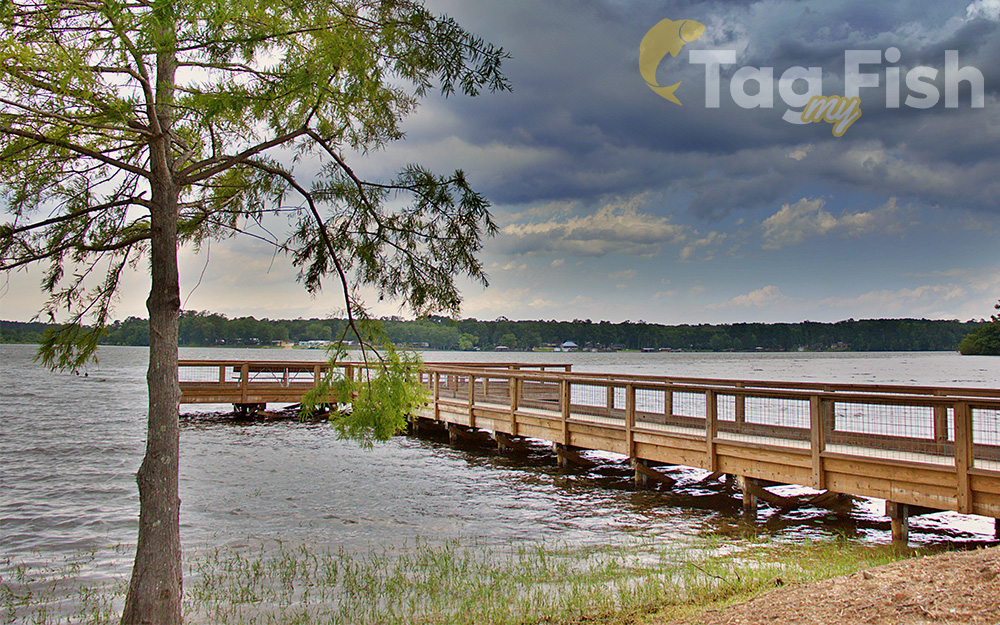
Water type: Artificial lake
Continent:
North America
Climate:
Subtropical
Country:
United States of America
Siluriformes - Catfishes
Centrarchiformes - Basses and sunfishes
Cypriniformes - Carps
Acipenseriformes - Sturgeons and Paddlefish
Amiiformes - Bowfins
Lepisosteiformes - Gars
Moroniformes - Temperate basses
Acanthuriformes - Surgeonfishes
Siluriformes - Catfishes
Centrarchiformes - Basses and sunfishes
Cypriniformes - Carps
Acipenseriformes - Sturgeons and Paddlefish
Amiiformes - Bowfins
Lepisosteiformes - Gars
Moroniformes - Temperate basses
Acanthuriformes - Surgeonfishes
Clupeiformes - Herrings
Anguilliformes - Eels and morays
Pleuronectiformes - Flatfishes
Petromyzontiformes - Lampreys
Siluriformes - Catfishes
Centrarchiformes - Basses and sunfishes
Cypriniformes - Carps
Acipenseriformes - Sturgeons and Paddlefish
Amiiformes - Bowfins
Lepisosteiformes - Gars
Moroniformes - Temperate basses
Acanthuriformes - Surgeonfishes
Clupeiformes - Herrings
Anguilliformes - Eels and morays
Pleuronectiformes - Flatfishes
Petromyzontiformes - Lampreys
Toledo Bend Reservoir is a reservoir on the Sabine River between Texas and Louisiana. The lake has an area of 185,000 acres (750 km2), the largest man-made body of water partially in both Louisiana and Texas, the largest in the South, and the fifth largest by surface acre in the United States.
The dam is capable of generating 92 megawatts of electrical power. The dam itself is located in the northeast corner of Newton County, Texas; however, that county includes very little of the reservoir, as most of it extends northward into parts of Sabine and DeSoto parishes in Louisiana, and Sabine, Shelby, and Panola counties in Texas.
